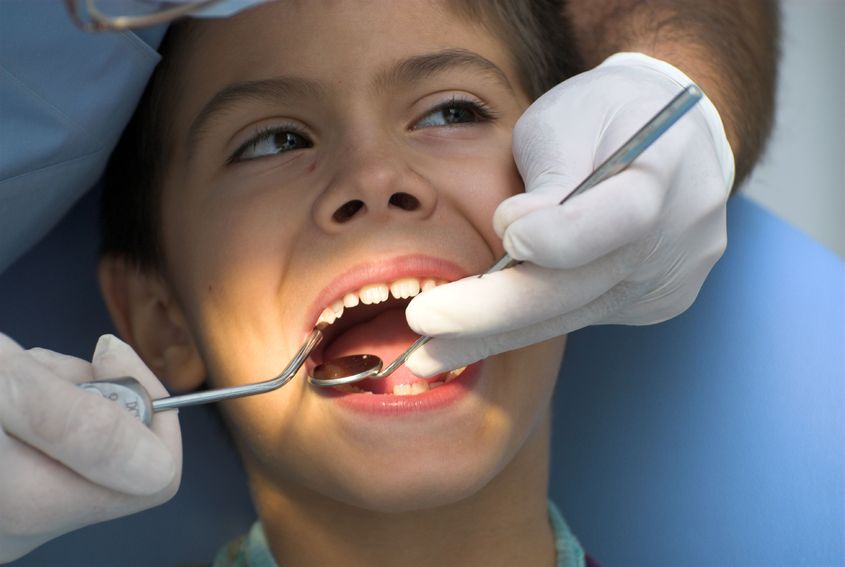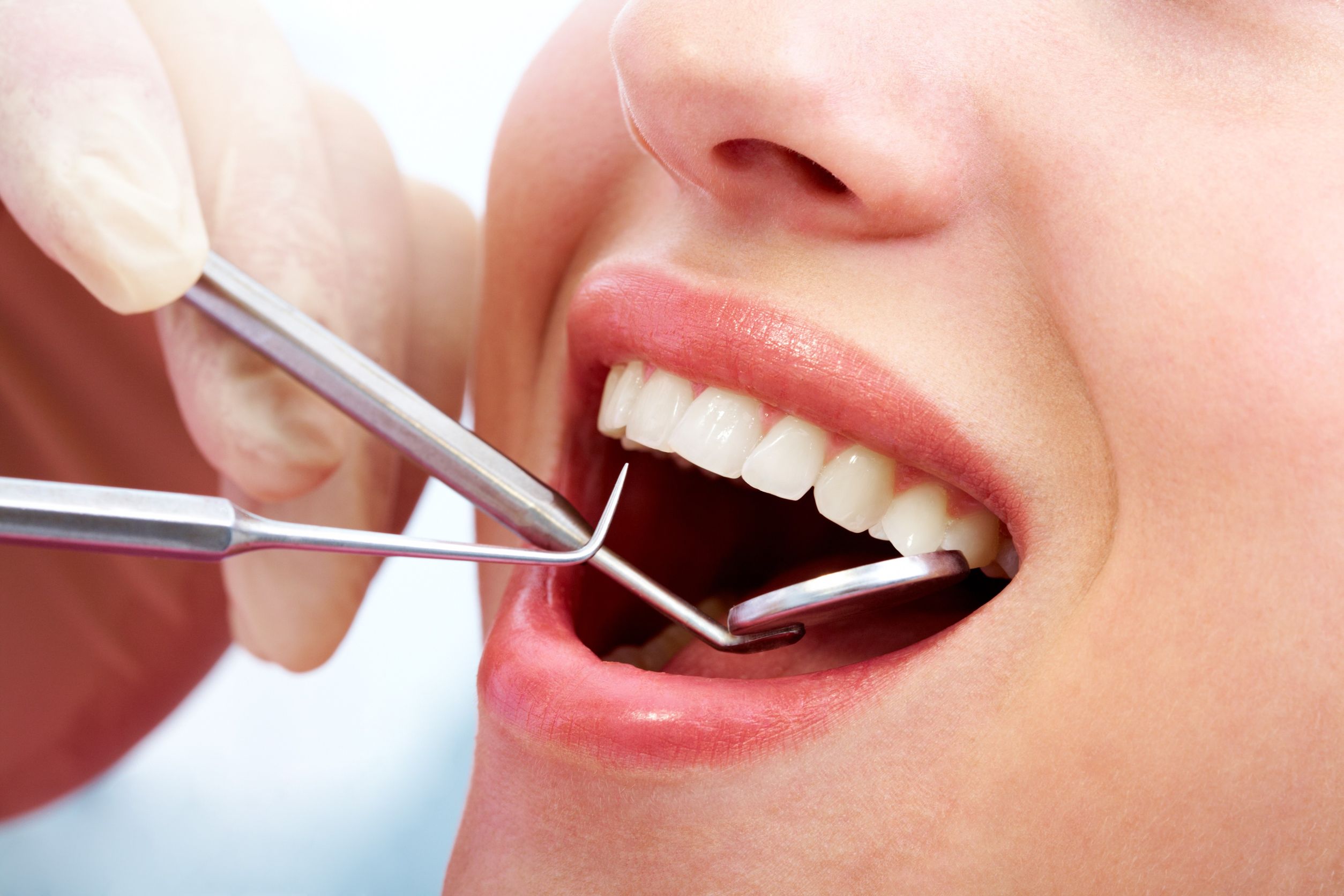Pulpitis is known as an inflammation of the gums. Very often, it develops due to improper dental treatment of caries. There is also a chance that is can cause tooth injury if it goes untreated. When the disease does not fully eliminate the damaging factor, the process proceeds to the chronic phase. This is when chronic pulpitis will begin hardening, depending on the form of the disease. At this point, contacting your local Dentists in Shorewood, WI to correct the problem is your best bet.
Chronic pulpitis may develop independently, and may be a consequence of an acute illness. The development of chronic pulpitis has two factors:
- An open cavity in the tooth; and
- An acute process that is left untreated.
Clinical chronic pulpitis
Developing chronic fibrous pulpitis is pain that appears when introduced to cold. Pain may not appear immediately, but after some time. Abatement of pain could also be gradual. There may be a sharp pain when the ambient temperature drops (in the transition from cold to warm), as well. This delayed response could be due to the presence of changes in nerve sensation.
Necrotizing pulpitis is marked pain that occurs while eating a hot meal. The pain subsides only after rinsing with cold water. It differs from other forms of very severe oral pain. During the exam, dentists may note deep carious cavities, covered with gray patina. When probing, pain occurs only at the entrance to the cavity.
Chronic hypertrophic pulpitis may also be an issue. The difference between this form of the disease and others is that there may be bleeding with this case. During the exam of the patient, Dentists in Shorewood, WI may reveal the presence of prolonged pain in the early stages of the disease. The crown of the tooth is usually severely damaged.
Chronic pulpitis in children occurs, usually with purulent lesions of the pulp. Occasionally there may be mobility of the affected tooth. There may be noted soreness and the symptoms will be the same as that of adults. The only difference is that children and their perception of pain are different than an adult’s. The treatment of pulpitis depends on the form and stage of disease. In any case, the cleaning out of the root canal, followed by the filling in of it, is need. Afterwards, the tooth cavity should be sealed. For more information, contact the dental office of Frank R. Galka, D.D.S. Today.




